The Best Bottle Feeding Positions for Newborns

Honestly speaking, bottle feeding your newborn can be a learning curve. It’s one of those new parent duties that seems simple in theory but can get a little messy in those early days. (Insert acid reflux, sucking in too much air, tummy troubles, and tired arms) The good news? Many of these can be fixed […]
Everything You Need To Know About Second Night Syndrome
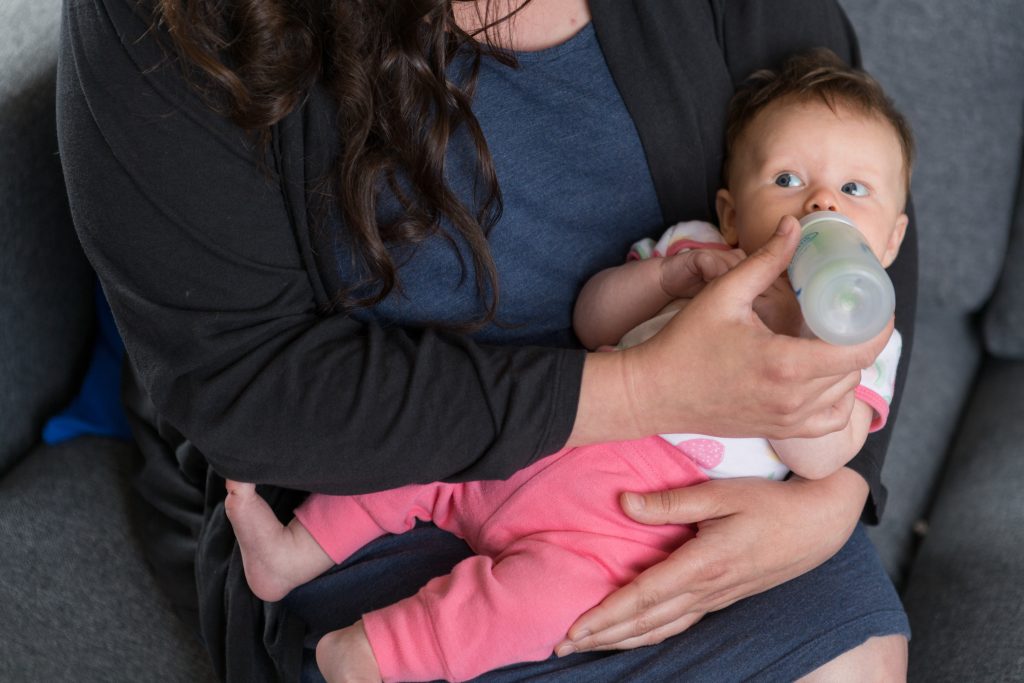
No, it’s not just you—baby is definitely doing a complete 180 from their first day of life. In fact, almost all newborns go through it too. This is what experts call the “second night syndrome”. It’s a completely normal and common milestone where newborns become more alert, fussy, and demanding during their second day of […]
Roadmap to Raising Children: Podcast Episode #289
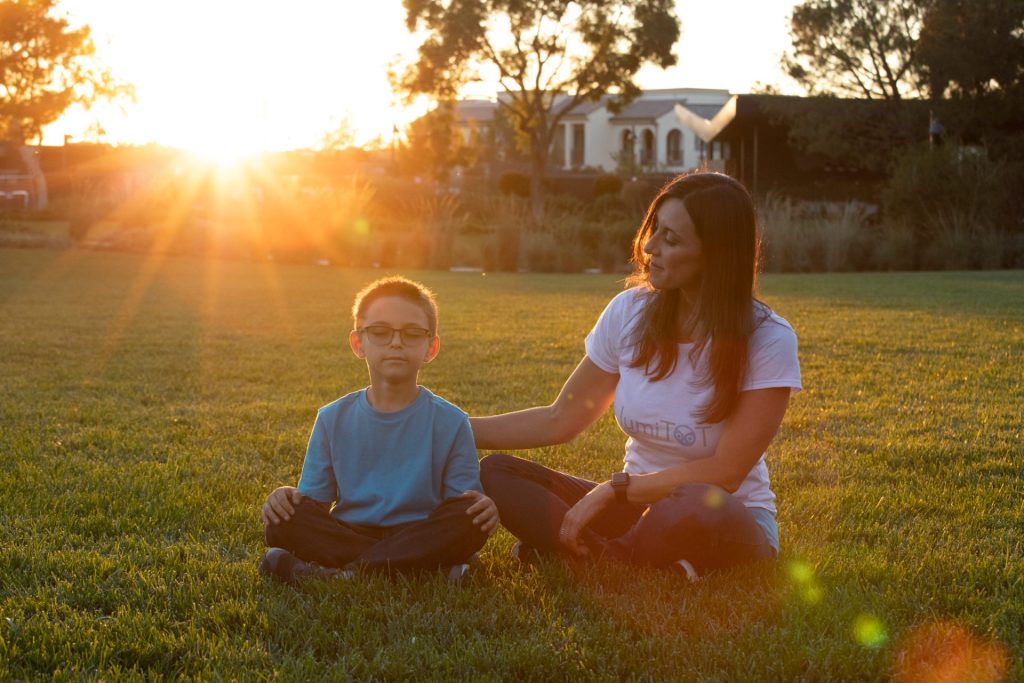
Kristin Revere and Dr. Karen Molano discuss the importance of pregnancy and the first five years of parenting. Dr. Karen Molano is a child psychologist and infant, family, and early childhood specialist. She utilizes her LumiTot Method to guide families through pregnancy and the first five years, providing them with a roadmap to raising children. […]
Harnessing Technology for Your Fourth Trimester: Podcast Episode #288
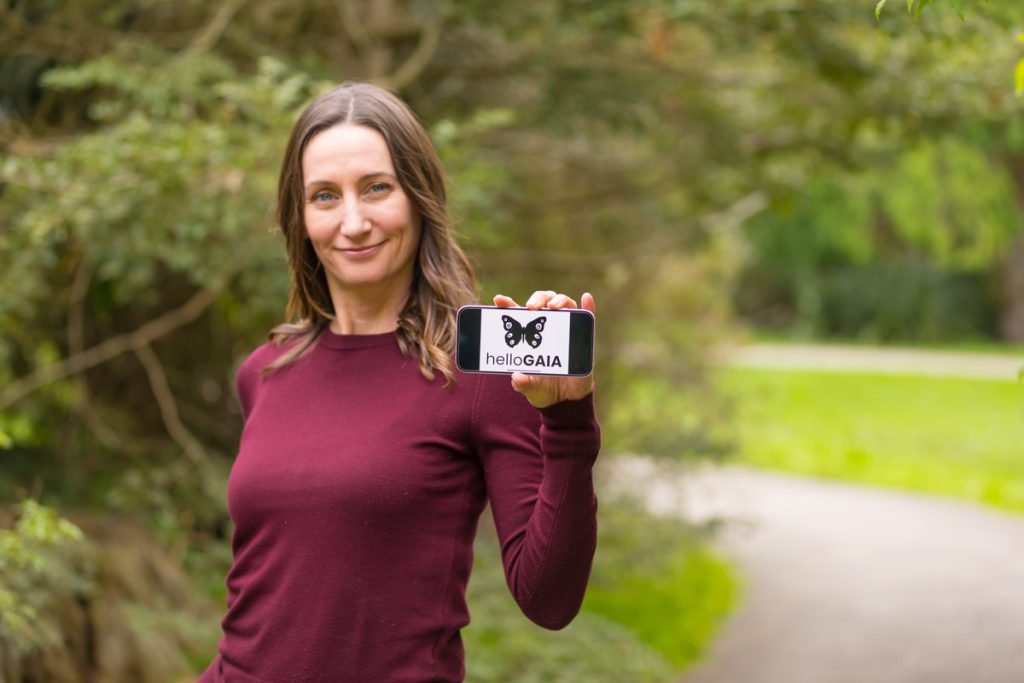
Kristin talks with Sarah Trott, founder of HelloGaia Parenting Copilot, about how technology helps parents simplify the overwhelming and find evidence-based scientific information to better prepare for the postpartum phase. Sarah is also the founder and host of the Fourth Trimester Podcast. Hello, hello! This is Kristin with Ask the Doulas, and I am […]
Map Out Your Birth with a Doula-Approved Birth Plan Checklist
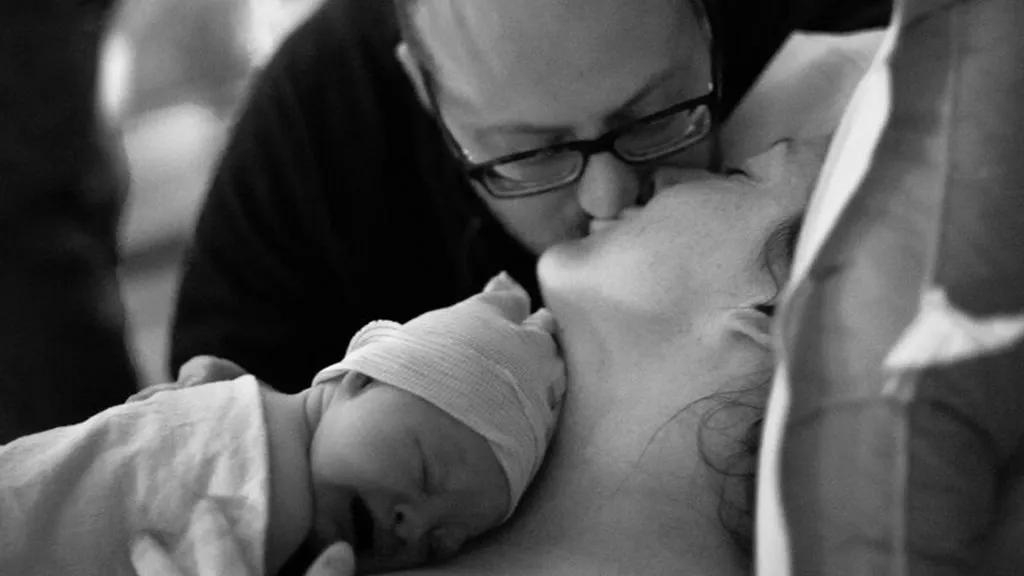
Alright, here’s the truth—creating a birth plan isn’t about controlling every little thing. It’s more about preparing yourself and your birth team for what matters most to you. And making a birth plan checklist gives you a chance to think through your preferences and make sure everyone is on the same page. It also gives […]
One Way or a Mother: Podcast Episode #285
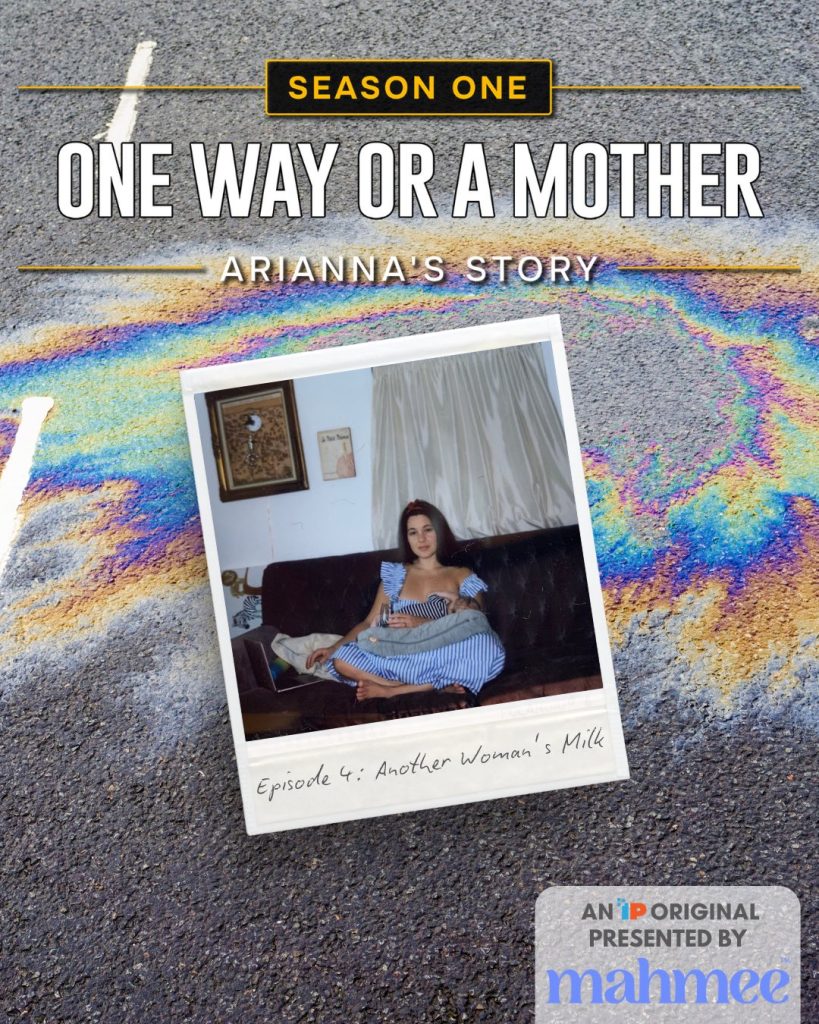
Ask the Doulas is proud to present One Way or a Mother to our listeners. One Way or a Mother is a brand new long-form narrative podcast from Dr. Elliot Berlin, DC, host of The popular Informed Pregnancy Podcast. Each ten-episode season follows one pregnancy and all the decisions, emotions, preparations, and history that goes […]
Explaining Mental Load to a Partner: Podcast Episode #282

Kristin Revere and Zach Watson discuss invisible labor and partner communication in the latest episode of Ask the Doulas. Zach is a Certified Fair Play Facilitator and invisible labor coach with Zach Think Share Creative. Hello, hello! This is Kristin with Ask the Doulas, and I am so excited to chat about the […]
How Partners Can Support Breastfeeding: Podcast Episode #266
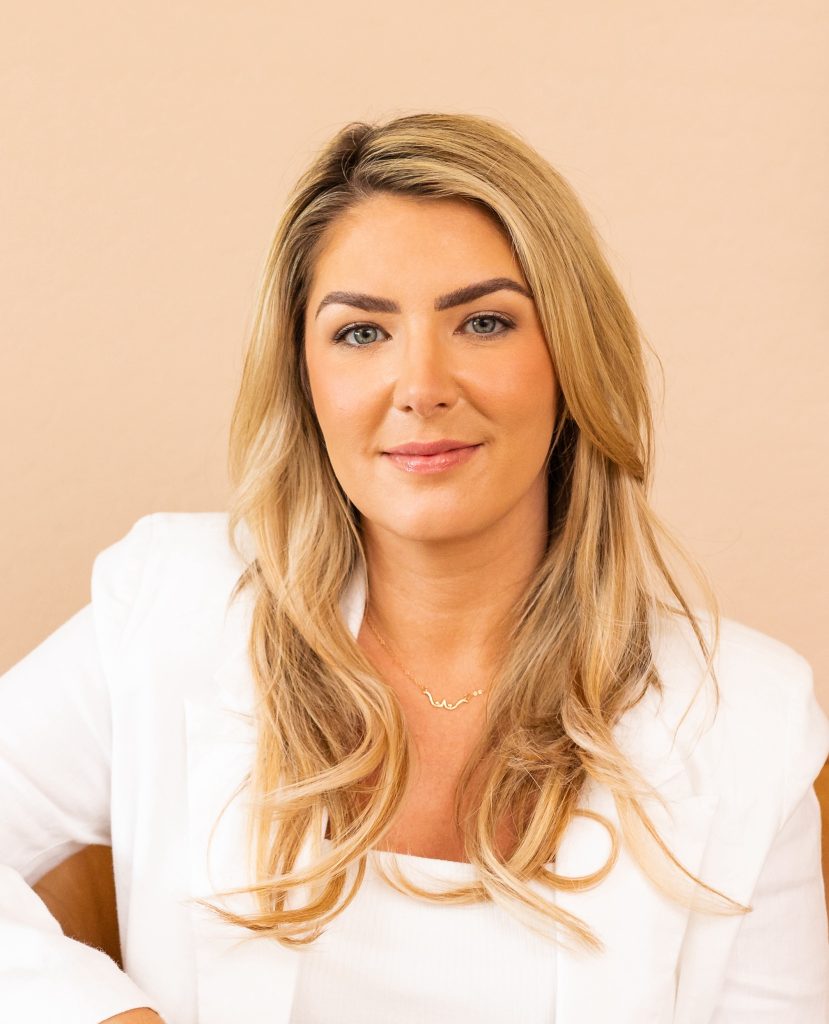
Kristin Revere and Jacqueline Kincer discuss how partners can support breastfeeding and pumping on the latest episode of Ask the Doulas podcast. Jacqueline is a breastfeeding expert and CEO of Holistic Lactation. Hello, hello! This is Kristin with Ask the Doulas, and I am thrilled to chat today with Jacqueline Kincer. Jacqueline is […]
Preparing for the New Parenting Role: Podcast Episode #224
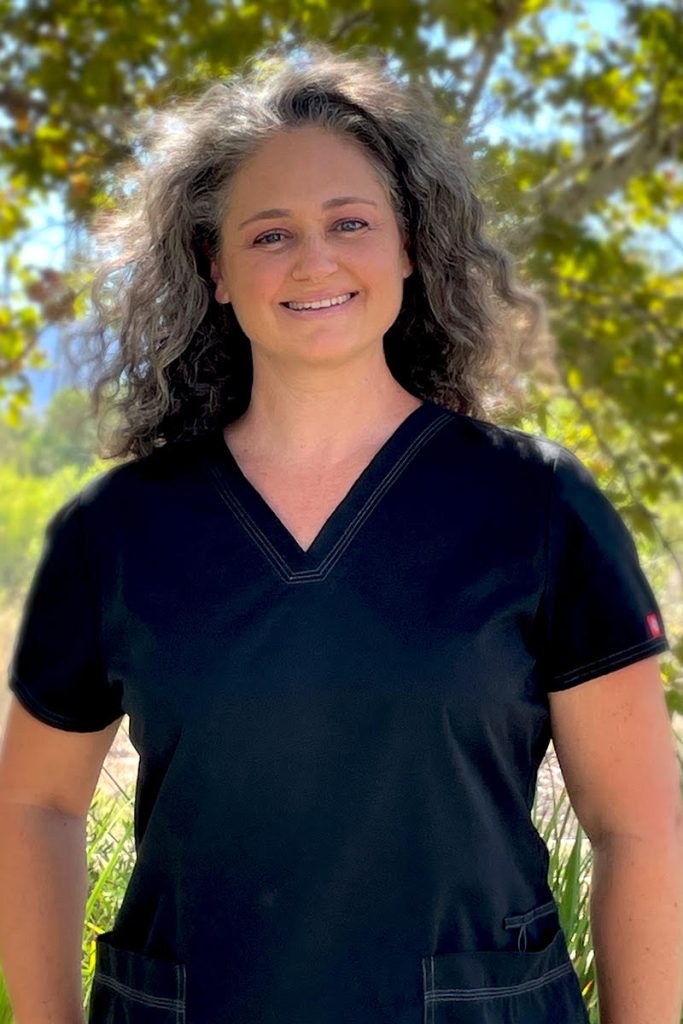
Kristin and Danika discuss ways parents can prep for baby during pregnancy. They also touch on the role of social media in parenting. Hello, hello! This is Kristin with Ask the Doulas, and I am so excited to chat with Danika Sanchez today. She is the president and owner of Baby Steps Concierge Nursing. Welcome, […]
How to Create a Low Emissions Nursery for Your Baby

If you are expecting a baby or have a newborn at home, you may be wondering how to create a safe and healthy environment for them. One of the aspects that you may not have considered is the level of emissions in your baby’s nursery. Emissions are the invisible waves of energy that are emitted […]
Fair Play with Rachel Meakins: Podcast Episode #194
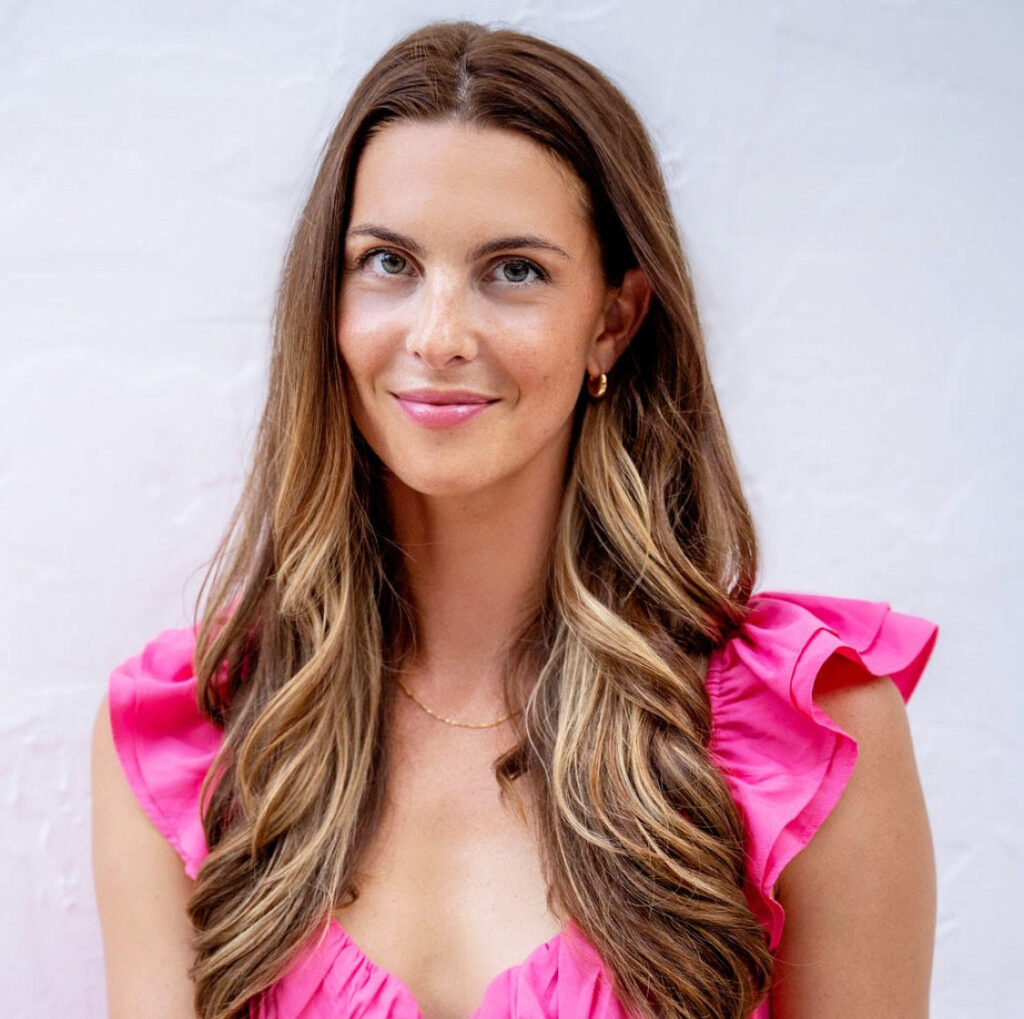
Kristin chats with Rachel Meakins from Zenbari about navigating household responsibilities using fair play. You can listen to this complete podcast episode on iTunes, SoundCloud, or wherever you find your podcasts. Ask The Doulas Podcast · Navigating Household Responsibilities using Fair Play with Rachel Meakins Welcome. You’re listening to Ask the Doulas, a podcast where […]
Supporting the Father: Podcast Episode #193

Kristin Revere chats with Joel Austin of Daddy University Inc and Doulos4Dads about the importance of supporting the father during the transition of becoming a father. You can listen to this complete podcast episode on iTunes, SoundCloud, or wherever you find your podcasts. Ask The Doulas Podcast · Supporting the Father with Joel Austin of […]
Emergency: This Book Will Save Your Child’s Life – Podcast Episode #147
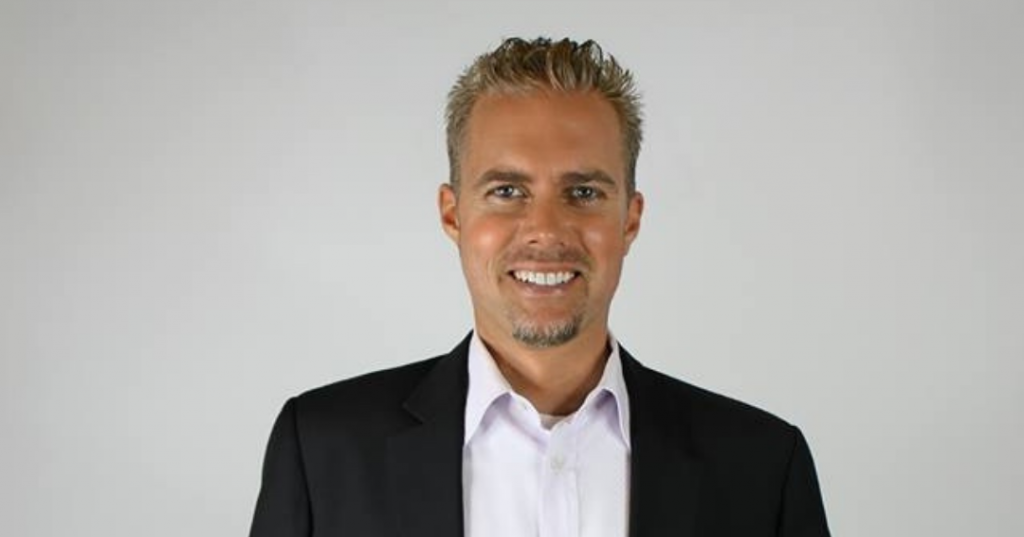
Kristin chats with Mark about how he came to write his book Emergency and why it’s important for expecting moms and dads to start thinking about safety issues about 8 weeks before birth! You can listen to this complete podcast episode on iTunes, SoundCloud, or wherever you find your podcasts. Welcome. You’re listening to Ask […]
Happy with Baby: Podcast Episode #146
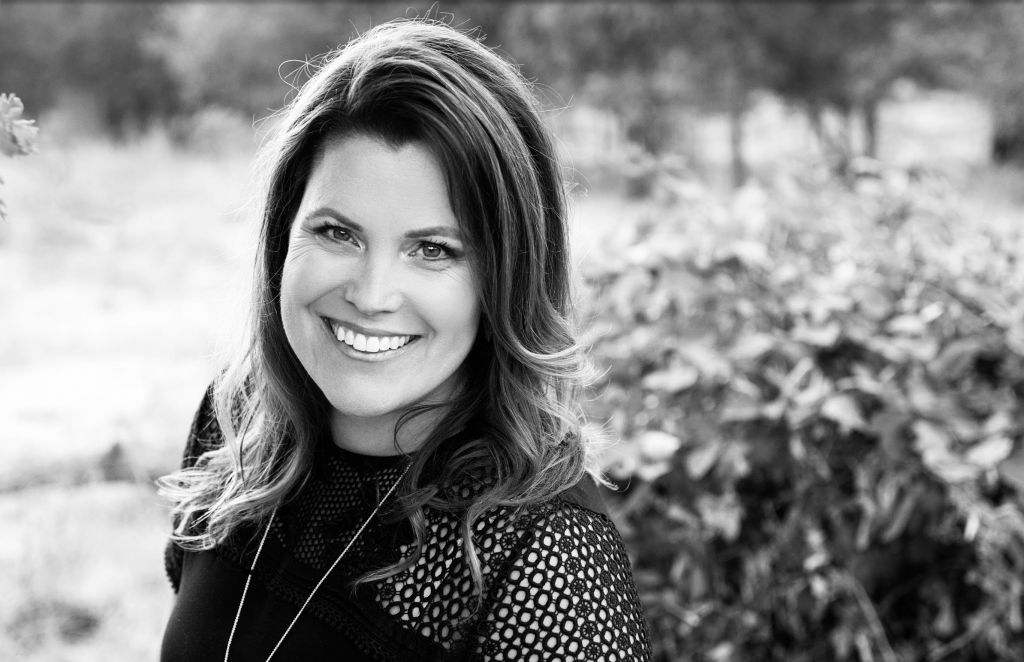
Kristin & Catherine, author of Happy with Baby, discuss the challenges of moving from partner to parent and how that can throw you for a loop. You can listen to this complete podcast episode on iTunes, SoundCloud, or wherever you find your podcasts. Welcome. You’re listening to Ask the Doulas, a podcast where we talk […]
Welcome to Fatherhood: Podcast Episode #121
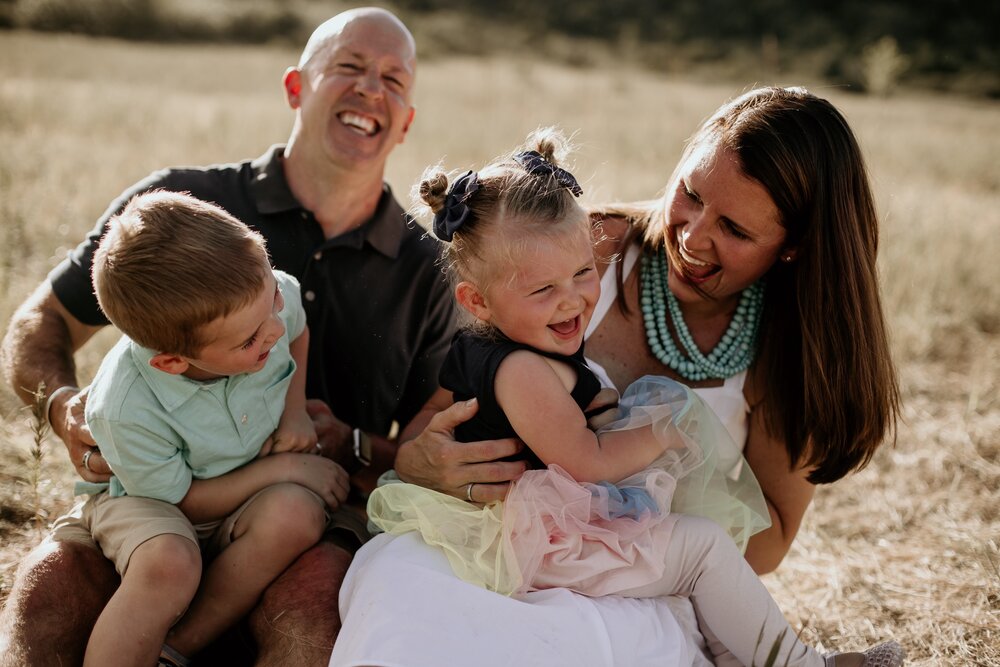
Kristin talks with David Arrell, author of Welcome to Fatherhood. He talks about why he wrote the book then gets into some great tips for Dads and how to best support Mom! This one is a must listen! You can listen to this complete podcast episode on iTunes or SoundCloud. Welcome. You’re listening to Ask […]
Podcast Episode #22: How to get Dad on board with Hiring a Doula
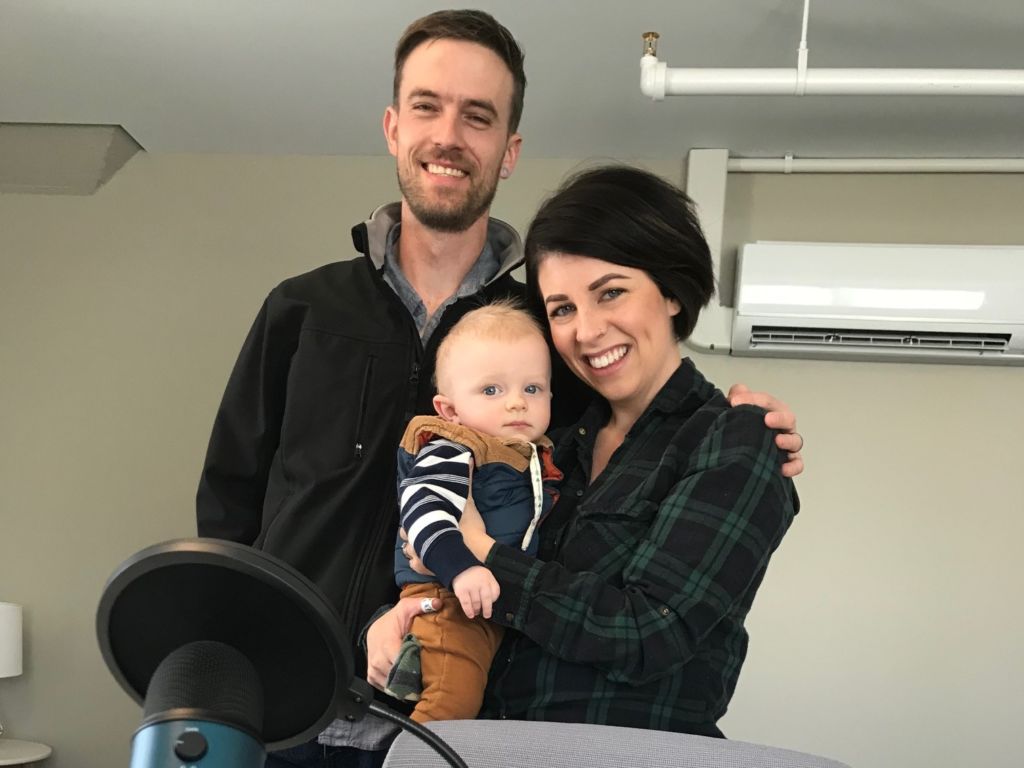
On this episode of Ask the Doulas, Alyssa talks with Amber and Ashton about getting your husband or partner on board with hiring a doula. You can listen to this complete podcast on iTunes or Soundcloud. Alyssa: Hi, welcome to another episode of Ask the Doulas. I am Alyssa Veneklase, co-owner and postpartum doula, […]
Dads and Doulas
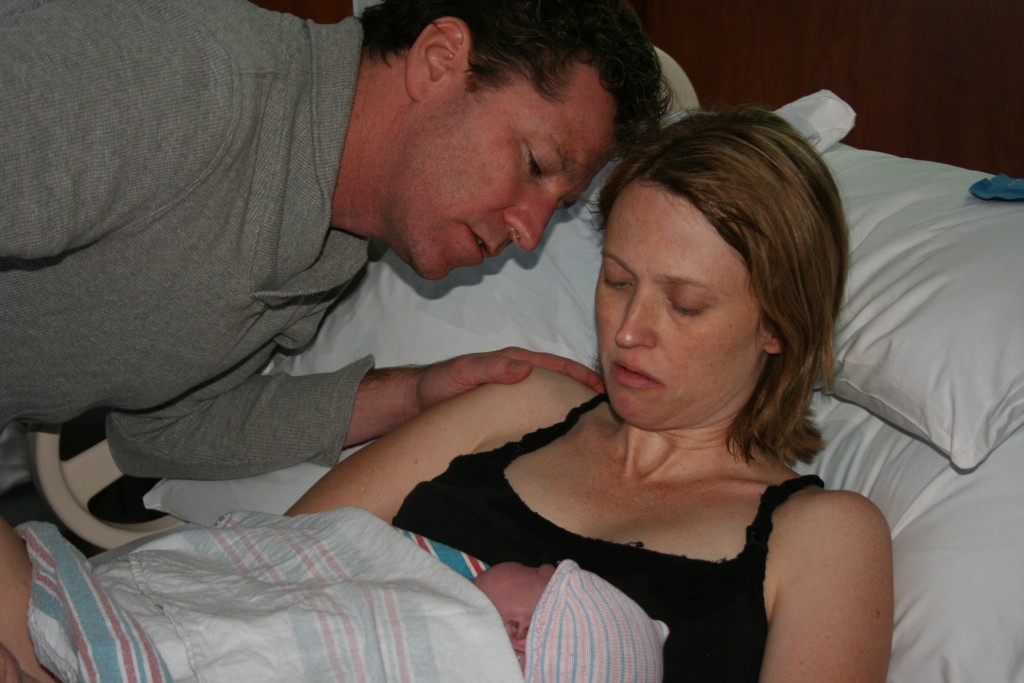
Let’s talk dads and doulas! I often see a look of relief on the face of the husband or partner when I explain that we never replace their role in birth! There is often a concern that they will be left out of the birth or that the experience will be less intimate. At Gold […]


